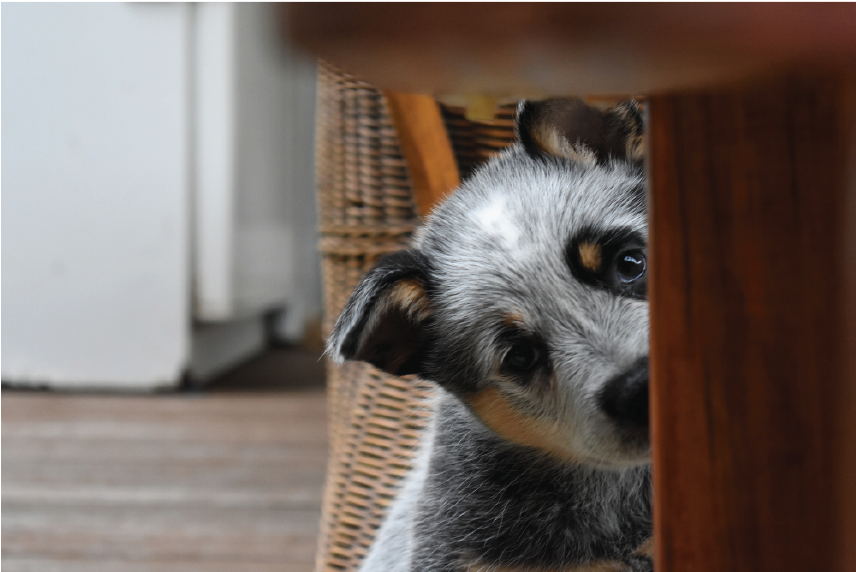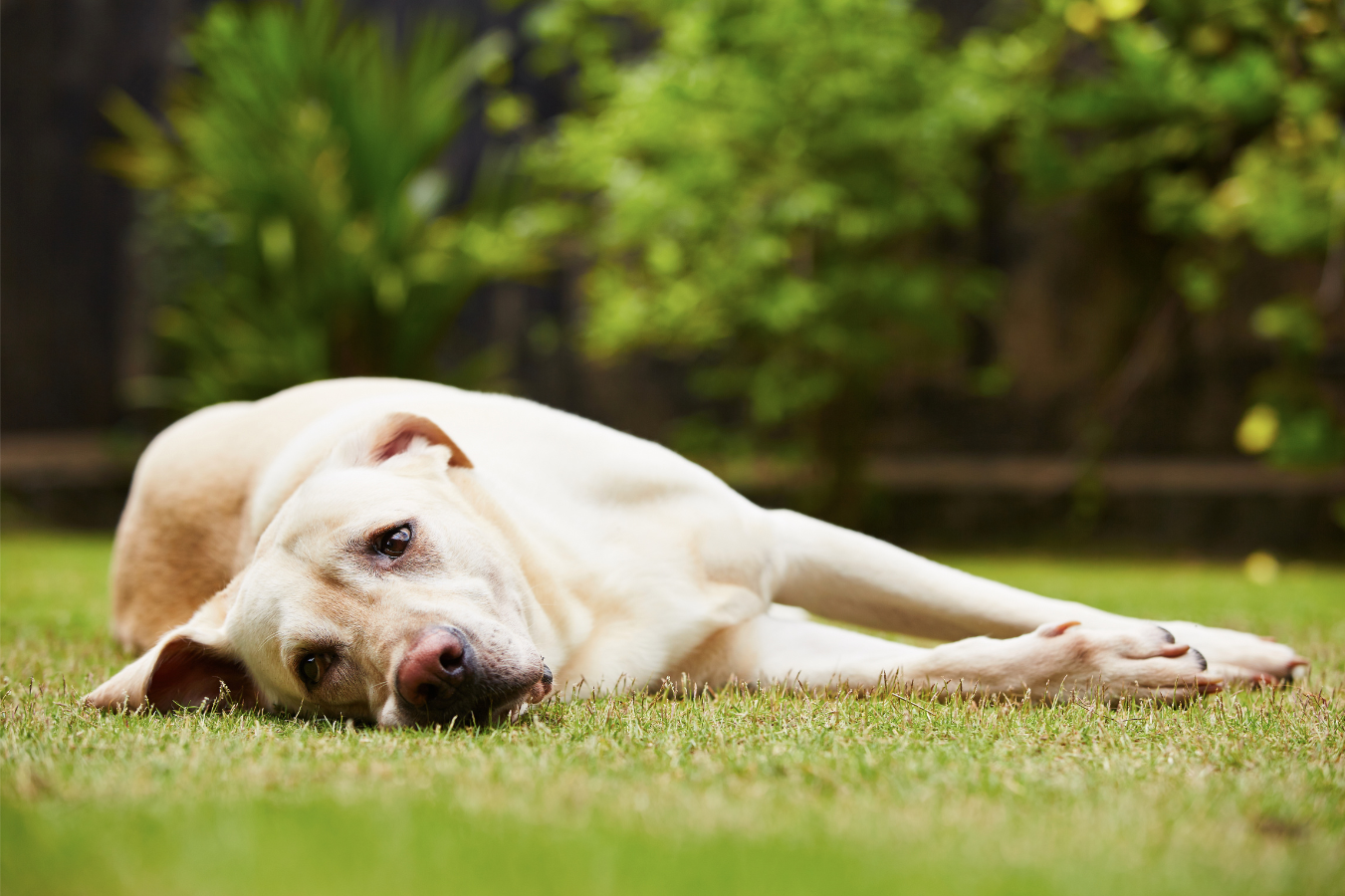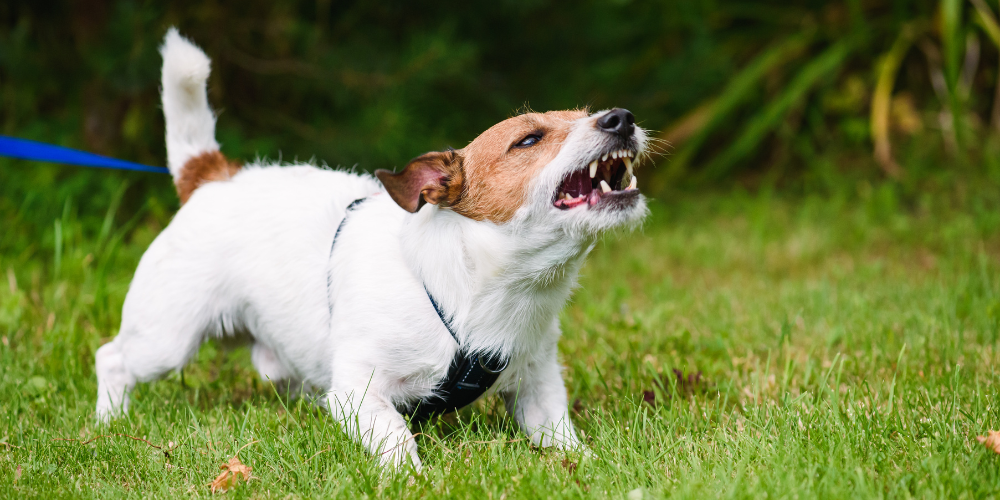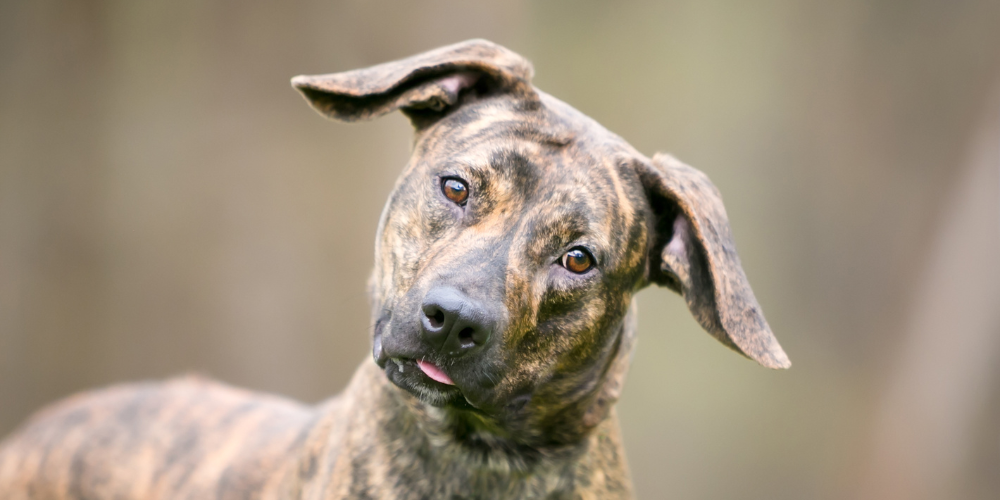
When you see your dog twitching or your cat meowing softly in their sleep, have you ever wondered if they’re dreaming? Just like us, our beloved companions experience the world of dreams. Let's delve into the fascinating topic of pet dreams and discover what might be going on in their snoozing minds.
Introduction
Dreams are a natural part of sleep for humans, but what about our pets? Do they drift off to a land of chasing balls and climbing trees? The answer is yes! Animals, including our beloved pets, do dream. While they might not have the complex narratives we do, their dreams play an essential role in their mental and physical well-being. Let's explore the science behind pet dreams and what those cute sleep-time movements might mean.
The Science Behind Pet Dreams
Researchers have discovered that many animals experience sleep cycles similar to humans, including the REM (rapid eye movement) stage, where dreaming occurs. Studies on dogs and cats have shown that their brains exhibit the same kind of activity during sleep as ours, indicating that they likely dream.
During the REM stage, pets' brains process their experiences, much like humans. This stage is characterised by increased brain activity, rapid eye movements, and muscle relaxation. So, when your dog’s paws twitch or your cat’s whiskers quiver, it's a sign they’re probably deep in a dream.
What Do Pets Dream About?
While we can't ask our pets what they dream about, we can make educated guesses based on their behaviour. Dogs might dream about their daily activities, such as playing fetch, going for walks, or interacting with other dogs. Similarly, cats might dream about stalking prey, climbing trees, or lounging in sunny spots.
Observing your pet's movements during sleep can provide clues. Rapid leg movements could suggest a dog is running in their dream, while a cat might be hunting if their tail flicks or they make soft mewing sounds. These dreams are likely reflections of their instincts and daily experiences.
Do Pets Dream About Their Owners?
A common question among pet owners is whether their pets dream about them. Given that pets form strong bonds with their owners and spend much of their time interacting with them, it is likely that you feature in their dreams.
Dogs, in particular, are known for their loyalty and affection towards their owners, so dreaming about playing, cuddling, or simply spending time with you is quite plausible. Similarly, cats, despite their independent nature, may dream about their human companions, especially if they have a close relationship.
Do Pets Have Nightmares?
Just like humans, pets can have nightmares too. If your pet seems distressed during sleep, making whimpering sounds, or waking up suddenly, they might be experiencing a bad dream. Nightmares in pets could stem from stressful experiences or anxiety.
If your pet frequently appears to have nightmares, ensuring they have a comfortable and secure sleeping environment can help. Reducing stress through regular exercise, mental stimulation, and a consistent routine can also contribute to more peaceful sleep for your furry friend.
How to Help Your Pet Sleep Better
Ensuring your pet has a good night’s sleep is crucial for their overall health. Here are a few tips to help them rest well:
Comfortable Bedding: Provide a cosy, safe place for your pet to sleep. A comfortable bed can make a big difference. Consider the SnuggleSafe Microwave Heat Pad for extra warmth.
Routine: Establish a regular sleep routine. Pets thrive on consistency, so try to keep their sleep schedule predictable.
Exercise: Regular physical activity can help your pet burn off excess energy, leading to better sleep. Check out our range of dog toys to keep them active and entertained.
Mental Stimulation: Engage your pet with toys and activities that challenge their mind. A mentally tired pet is more likely to sleep soundly.
Diet: Ensure your pet's diet is balanced and appropriate for their age and activity level. Sometimes, diet can affect sleep quality.
Summary
Yes, pets do dream! From chasing balls to stalking imaginary prey, their dreams are a reflection of their daily lives and instincts. By understanding the science behind pet dreams and ensuring they have a comfortable sleep environment, we can help our furry friends enjoy peaceful slumbers. So, next time you see your pet twitching or making cute noises in their sleep, you'll know they’re likely on an exciting dream adventure.
Dreams are a fascinating aspect of sleep, not just for humans but for our pets too. Keep an eye on your snoozing companion, and you might just catch a glimpse of their dream world!




